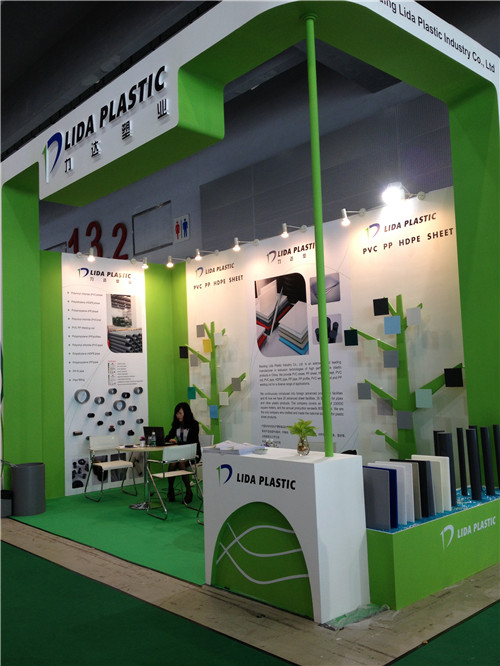Nov . 09, 2024 04:06 Back to list
Understanding the Importance of Polyethylene Pipe Fittings in Plumbing Systems
Understanding Polyethylene Pipe Fittings An Essential Guide
Polyethylene (PE) pipe fittings play a crucial role in the realm of plumbing and fluid transportation systems. Renowned for their flexibility, durability, and resistance to corrosion, polyethylene pipes are a favored choice in various applications, including municipal water supplies, gas distribution, agricultural irrigation, and even industrial processes. This article aims to highlight the significance of polyethylene pipe fittings, their types, applications, and advantages.
What Are Polyethylene Pipe Fittings?
Polyethylene pipe fittings are components used to connect sections of polyethylene pipes or to connect pipes with other types of piping systems. These fittings ensure leak-free joints and facilitate the flow of fluids while maintaining system integrity. Common fittings include elbows, tees, couplings, adapters, reducers, and end caps.
Types of Polyethylene Pipe Fittings
1. Elbows Used to change the direction of the pipe, elbows are typically available in 90-degree and 45-degree angles. This flexibility allows plumbers to navigate around obstacles efficiently.
2. Tees The tee fitting allows for the branching of two pipes in a perpendicular manner. This is especially useful in irrigation systems where water needs to be redistributed to various lines.
3. Couplings Couplings are used to connect two pipe sections together. They can be just a straight connector or include features that allow for expansion and flexibility.
4. Adapters These fittings help in transitioning between different pipe materials and sizes, making them invaluable in mixed-material applications.
6. End Caps These fittings are used to seal the end of a pipe, preventing fluid from escaping and protecting the interior of the pipe from contaminants.
polyethylene pipe fittings

Advantages of Polyethylene Pipe Fittings
- Corrosion Resistance Unlike metallic fittings, polyethylene is not susceptible to rust or corrosion, ensuring a longer lifespan and less maintenance.
- Lightweight and Flexible Polyethylene fittings are lighter than traditional materials, making them easier to handle and install. Their flexibility allows them to withstand ground movement without cracking.
- Chemical Resistance PE fittings are resistant to a wide range of chemicals, which makes them suitable for various applications, including agricultural and industrial settings.
- Ease of Installation The lightweight nature and simple design of polyethylene fittings facilitate quick and easy installation, even in remote areas where heavy machinery may be impractical.
- Cost-Effective In the long run, polyethylene pipe fittings can be more economical due to lower installation costs and reduced maintenance needs over time.
Applications of Polyethylene Pipe Fittings
Polyethylene pipe fittings are widely used across numerous industries. In residential plumbing, they are used for water supply lines and drain systems. In agriculture, these fittings are integral to drip irrigation systems, enabling efficient water use. Moreover, in the oil and gas sector, polyethylene fittings are used for transporting natural gas safely due to their resistance to weather and environmental conditions.
In the municipal sector, PE fittings are leveraged in water distribution systems, ensuring that communities receive safe and reliable drinking water. Their lightweight and strong characteristics also make them ideal for projects in challenging terrains or those requiring quick installation.
Conclusion
In summary, polyethylene pipe fittings are a critical component in modern piping systems. Their unmatched durability, flexibility, and resistance to corrosion make them an excellent choice for various applications. Understanding the different types of fittings and their specific roles can help in making informed decisions regarding installation and maintenance, ensuring efficient and effective fluid transportation in any system. As industries continue to evolve, the use of PE fittings will undoubtedly remain at the forefront of efficient resource management and infrastructure development.
-
PP U-channel: Chemical-Resistant, Lightweight & Durable
NewsAug.10,2025
-
Transparent PVC Pipe: Clear Flexible Tubing for Fluids
NewsAug.09,2025
-
Durable PP Rigid Sheet: Versatile & High-Quality Plastic Panels
NewsAug.08,2025
-
Premium Glossy PP Rigid Sheet – Durable & Versatile
NewsAug.07,2025
-
High-Quality HDPE Sheet | Durable Plastic Panels
NewsAug.06,2025
-
High-Precision PVC Rigid Sheets for Vacuum Forming | AI-Optimized
NewsAug.05,2025

